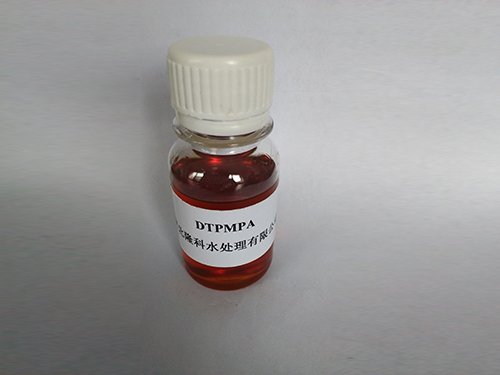Understanding Poly Aluminum Chloride and Its Uses in Water Treatment and Industry
What is Poly Aluminum Chloride?
Poly Aluminum Chloride (PAC) is a widely used chemical compound in various industrial applications, particularly in water treatment and purification. As a coagulant, PAC is effective at removing impurities from water, making it essential in municipal water treatment plants, wastewater treatment facilities, and in the paper and petroleum industries. This article will delve into the properties, applications, and benefits of Poly Aluminum Chloride, demonstrating its significance in environmental and industrial contexts.
Composition and Properties
Poly Aluminum Chloride is an inorganic polymer formed through the hydrolysis of aluminum chloride. Its chemical formula can be represented as Aln(OH)mCl(3n-m), where n indicates the degree of polymerization and m refers to the number of hydroxyl groups present in the polymer. PAC is typically produced in either liquid or solid form. The liquid form is more common in industrial applications due to its ease of use and efficacy at lower doses.
One of the primary characteristics of PAC is its high charge density. This property allows it to effectively neutralize the negative charges on suspended particles in water, promoting coagulation—a process that causes small particles to clump together and settle out of the liquid. Additionally, PAC is highly soluble in water, which makes it easier to handle and mix in treatment processes.
Applications
1. Water Treatment The most prominent application of Poly Aluminum Chloride is in the treatment of drinking water and wastewater. It is used to clarify water by removing turbidity, color, and other contaminants. By promoting coagulation and flocculation, PAC assists in the separation of solid pollutants from water, ensuring that the final output meets safety standards for consumption and disposal.
2. Paper Manufacturing In the paper industry, PAC is employed as a retention aid. It enhances the efficiency of fiber retention during the paper-making process, thus improving product quality and reducing material costs. Its ability to bind with fibers and fillers helps minimize the loss of raw materials during production.
3. Petroleum Industry In oil drilling and refining, PAC serves as a chemical additive in drilling fluids. Its role as a flocculant helps to stabilize the fluid, preventing sedimentation and ensuring a smoother drilling operation.
what is poly aluminum chloride

4. Pharmaceutical and Food Industries PAC is also utilized in the production of certain pharmaceuticals and in food processing. Its coagulant properties assist in purifying substances, making it valuable in these sectors.
Benefits of Using PAC
The use of Poly Aluminum Chloride in industrial applications offers numerous benefits. Some of these include
- Efficiency PAC is more effective than traditional coagulants such as alum (aluminum sulfate). It requires lower doses to achieve the same or better results, making operations more cost-effective.
- Versatility PAC's ability to work effectively across various pH levels and water qualities makes it suitable for a wide range of applications.
- Reduced Sludge Production Compared to conventional coagulants, PAC produces less sludge, which simplifies the subsequent treatment and disposal processes.
- Improved Water Quality The use of PAC results in clearer, cleaner water with reduced levels of impurities, ensuring compliance with health and safety regulations.
Conclusion
Poly Aluminum Chloride is a vital chemical compound that enhances water treatment processes and serves various industrial needs. Its properties enable efficient coagulation and flocculation, making it an essential tool in promoting environmental health and industrial efficiency. As industries continue to seek sustainable and effective solutions for water purification and resource management, PAC’s role is likely to expand, reinforcing its importance in modern applications. Whether in drinking water treatment, paper manufacturing, or petroleum extraction, Poly Aluminum Chloride proves to be an invaluable asset across multiple sectors.
-
LK-319 Special Scale And Corrosion Inhibitor For Steel Plants: Advanced Solutions for Industrial Water SystemsNewsAug.22,2025
-
Flocculant Water Treatment: Essential Chemical Solutions for Purification ProcessesNewsAug.22,2025
-
Isothiazolinones: Versatile Microbial Control Agents for Industrial and Consumer ApplicationsNewsAug.22,2025
-
Scale Inhibitor: Key Solutions for Water System Scale PreventionNewsAug.22,2025
-
Organophosphonates: Versatile Scale Inhibitors for Industrial Water SystemsNewsAug.22,2025
-
Scale and Corrosion Inhibitor: Essential Chemical Solutions for Water System MaintenanceNewsAug.22,2025





